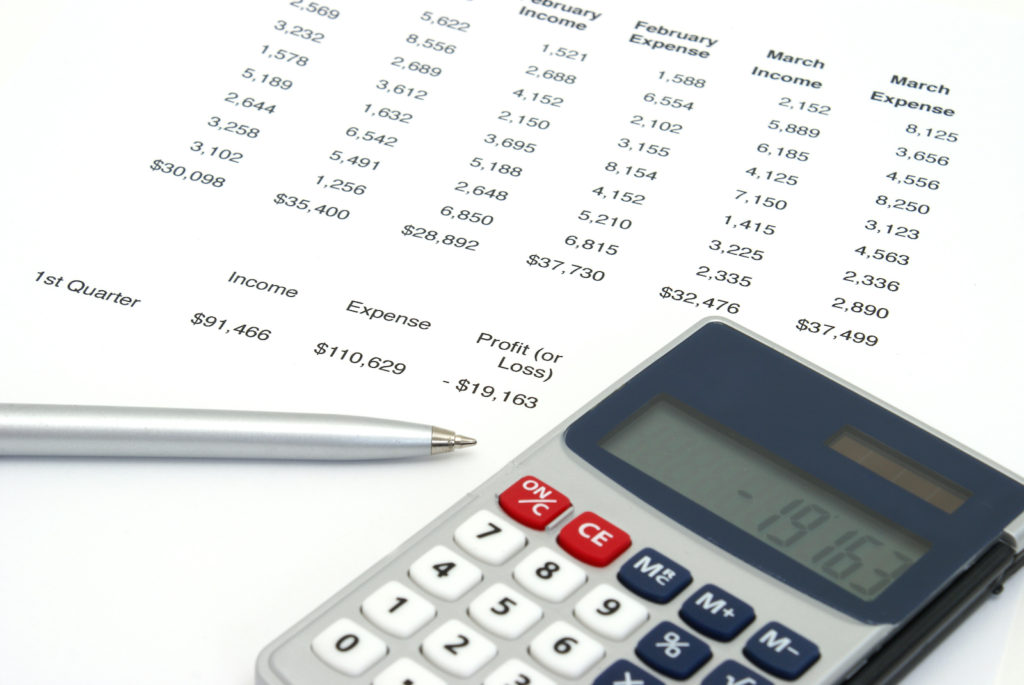
If you want to improve your financial performance, the first step is understanding what your practice financial statements are telling you. Your profit and loss (P&L) statement is a report card that tells you how you did over a certain period of time. The P&L will have little influence over future decisions, however, if you are unable to determine what can change an ‘F’ into an ‘A’.
Defining Fixed and Variable Costs
Understanding the difference between a fixed expense and a variable expense is the first key to using your P&L as a tool for improving future performance. A fixed expense is one that does not vary much over time. Most larger practice expenses fit in this category (eg, staff salaries and benefits, office rents, and most administrative overhead.) Variable expenses are exactly what they sound like, expenses that vary with production. Many of your clinical expenses fit into this category.
Why the Difference Between Fixed and Variable Costs Matters
A firm understanding of your fixed and variable expenses will allow you to predict your net income at various levels of production. If you have a specific net income target in mind, you can also use fixed and variable expenses to compute the production (revenue) target needed to make that happen. Once you have your desired revenue target, you can work with your team on an operational plan to achieve that target.
Using Fixed and Variable Expenses to Project Financials
- Pull a list of your expenses from your accounting software
- Determine which expenses are fixed and which are variable. NB: Some expenses will vary month to month (eg, the power bill), but are still considered fixed because they do not increase or decrease with your production (number of patients visits) The only truly variable expenses are those that fluctuate with your production.
- Based on the last year, estimate the annual amount of each expense. Don’t spend too much time trying to get this perfect; ballpark estimates are fine
- Sum all fixed expenses and divide by 12 to get a monthly fixed expense estimate
- Sum all variable expenses and divide that sum by prior year collections to get your variable expense percentage.
Your result will be expressed as follows: Fixed expenses $50,000 per month, variable expenses 15% of collections. What is next?
Let’s assume in this example that you want to know what volume of practice collections will generate an annual net income of $400,000. We can calculate that collections volume with the following equation:
| x * (1 – .15) – ($50,000 *12) = $400,000 |
| x * .85 – $600,000 = $400,000 |
| x * .85 = $1,000,000 |
| x = $1,176,470 |
It’s Not as Hard As It Might Seem
Oh no, not algebra! Don’t worry, we can do this in a spreadsheet that displays revenue and expenses by month. You will also want monthly targets that reflect the seasonality that is typical of your practice. The main purpose of the exercise is to turn your historical financial statements into a forward-looking scorecard that drives operational decisions with an end goal in mind. The very first step is understanding how fixed and variable expenses can influence that process.
This will allow you to set realistic financial goals that are a key part of fighting burnout.
by Trey Whitt, Partner, DentMoses, LLP, Birmingham, AL
Follow us on Twitter, Facebook, and LinkedIn to join the conversation about accounting for medical practices.


